Migrants who were receiving housing from the government of Chicago are now being evicted in a planned first wave of evictions in the city.
The Chicago mayor’s office said that they would be forcing 34 migrant evictions on Friday, but reportedly only three migrants ended up actually leaving during the weekend. These migration eviction waves come from a new policy the city established in November that migrants can only be sheltered for a maximum of 60 days. Volunteers say the rollout of the policy has caused chaos.
Additional Landing Zone Personnel
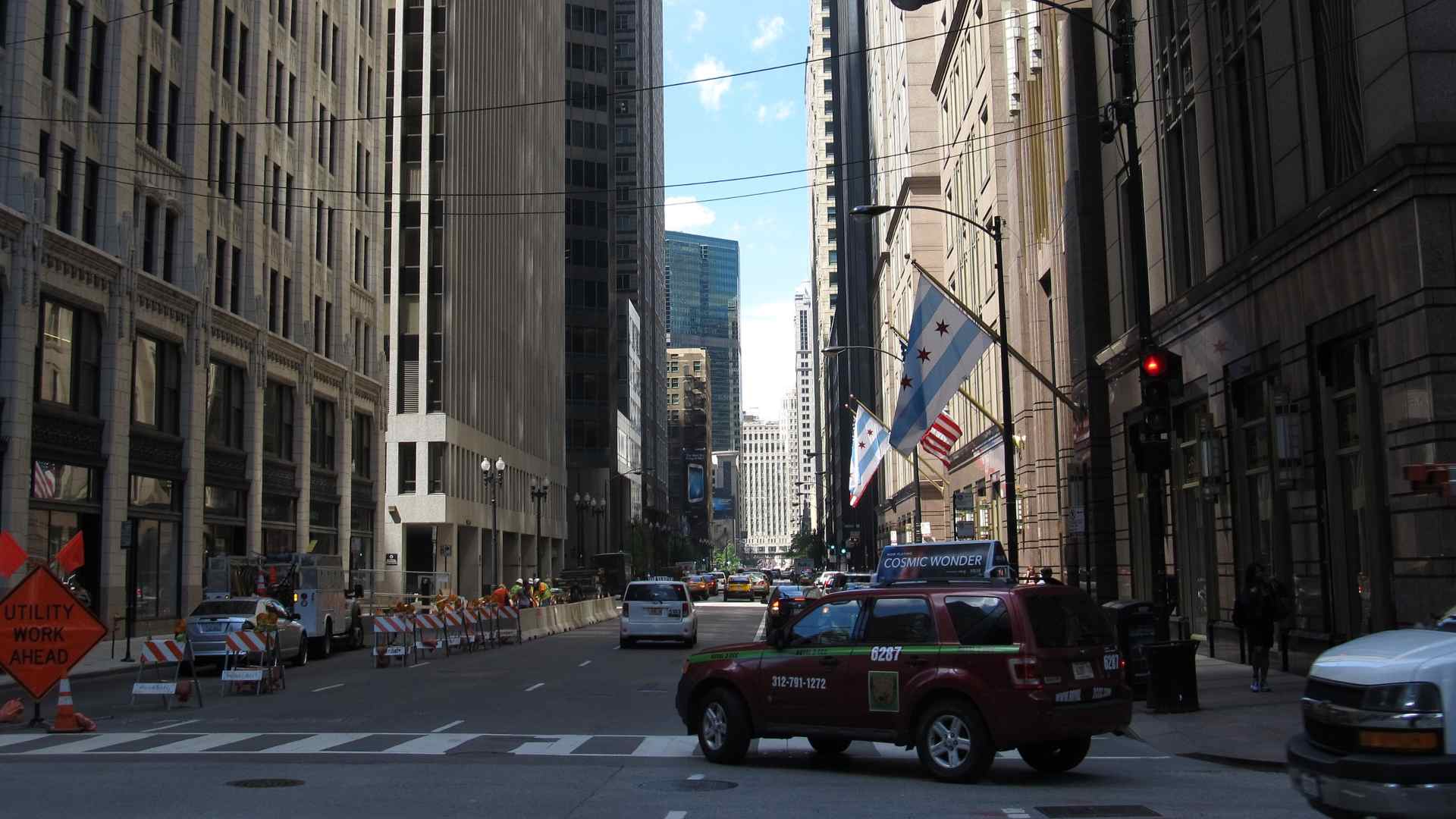
In November, the city government in cooperation with the state Illinois government put out an announcement stating the new policy for migrants is changing with three new major efforts. One is for the landing zone, the place where new migrants are processed.
“First, in partnership with the State of Illinois, the City is increasing personnel at the landing zone to help new arrivals reunite with their friends, family, or verified sponsor,” the statement read.
Regulating Migrant Buses

The second major effort announced was new regulation tools to ensure migrant buses are running smoothly.
“Second, the City is regulating “rogue buses” which cause unnecessary logistical obstacles for intake and put the lives of new arrivals in danger – particularly as the temperatures drop. New regulatory tools will allow the City to cite and fine bus companies that disregard curfews, landing zone locations and loading/unloading protocol.”
Eviction Limits
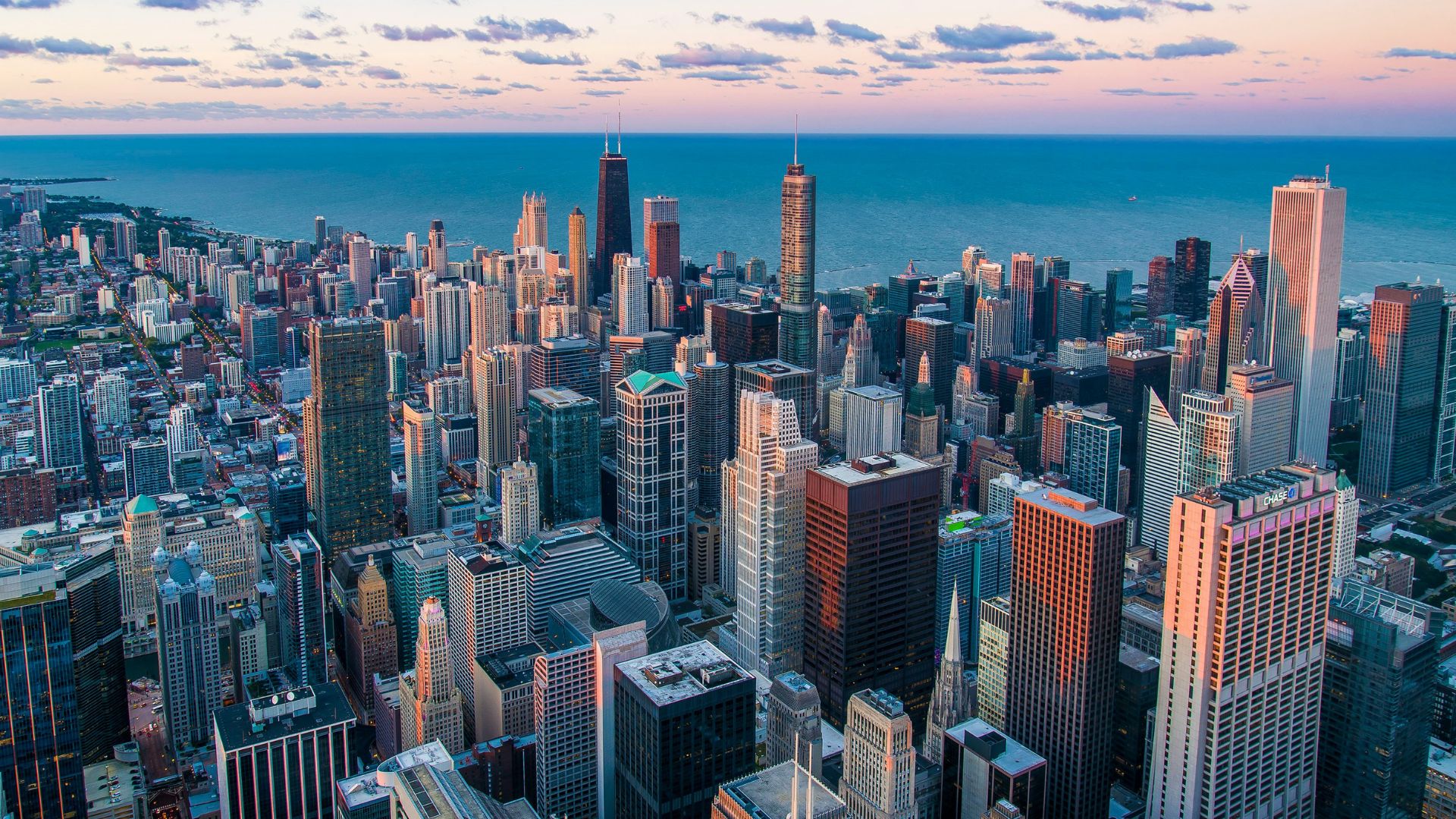
The last and most controversial part of the new migrant and asylum seeker policy was a stay limit on the time “new arrivals” can be sheltered in the city.
“Finally, the City will implement a limited stay policy along with additional supports from the Illinois Department of Human Services (IDHS). For individuals and families currently in City shelters, the City will be issuing 60-day exit notices in waves based on their arrival date to shelter.”
Goal of Evictions
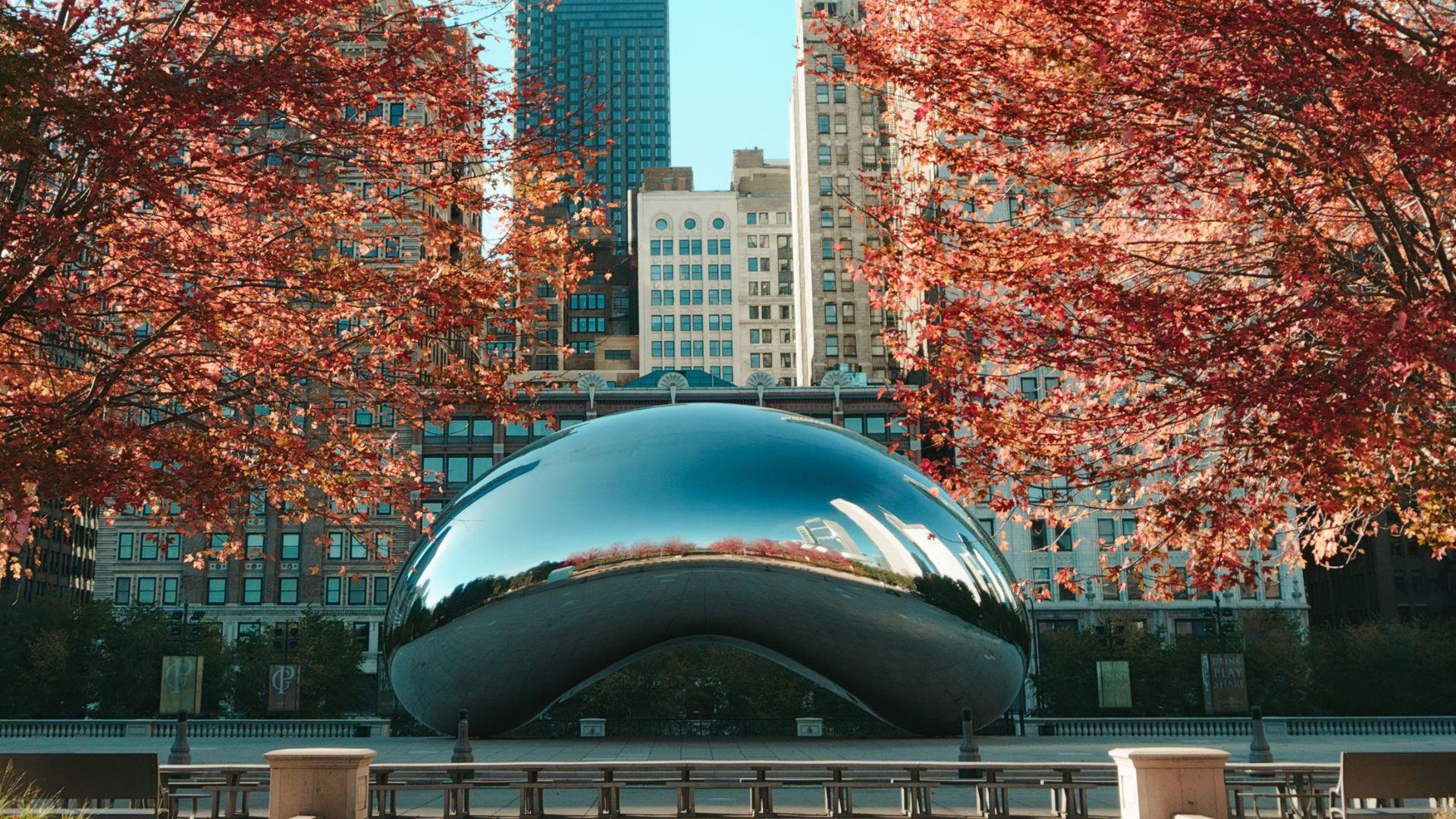
In the press release, the City of Chicago iterated its goal with what it called the “New Arrivals Mission” which was to encourage migrant resettling in other areas as well as Chicago.
“For many new arrivals, Chicago is not the final destination. By aiding new arrivals at the point of arrival, the City can save space in the shelter system for those individuals and families who plan to stay in Chicago.”
Rollout Had Previously Been Postponed
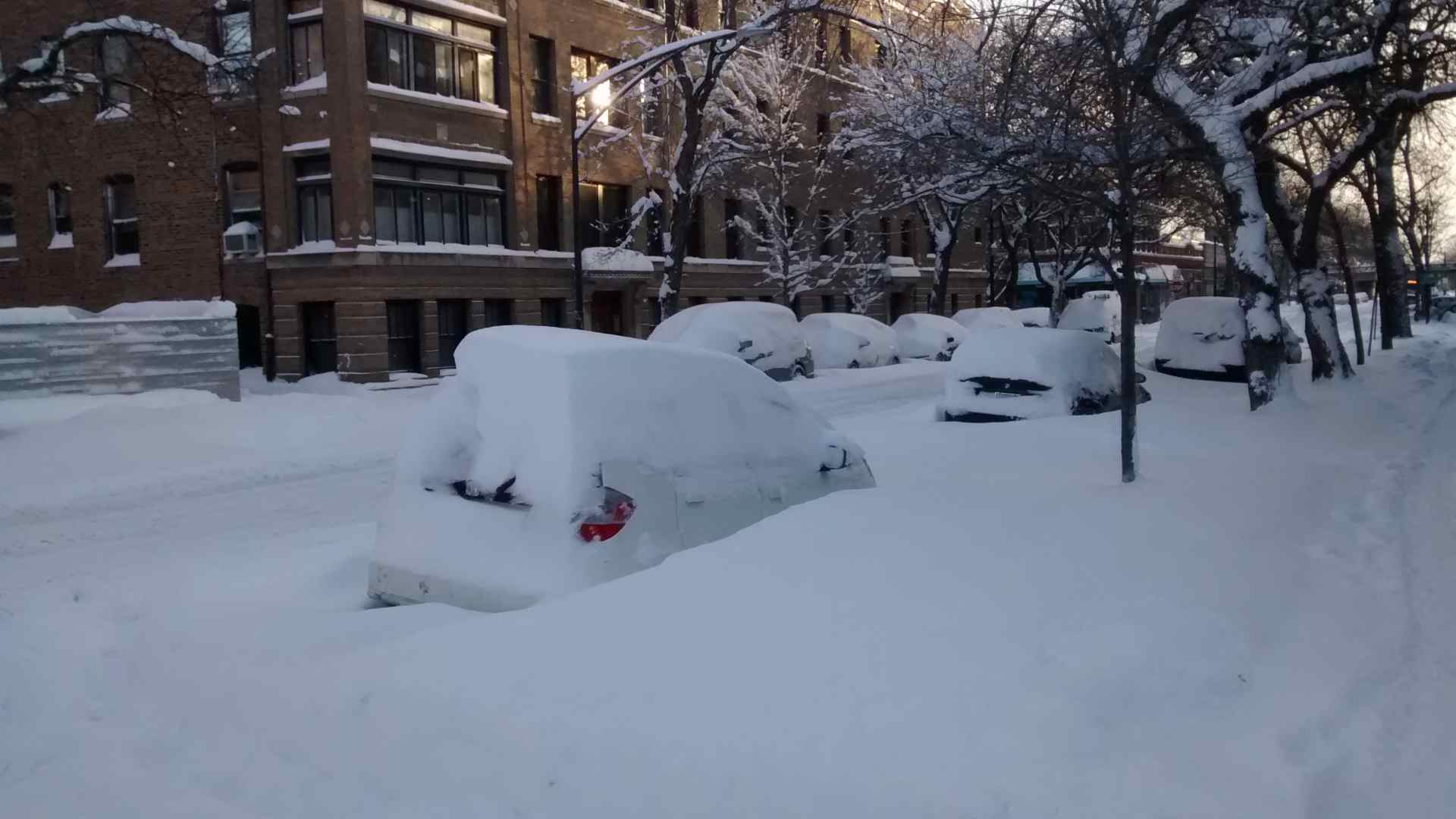
Despite being announced in November, the policy has just started being initiated. The delay in migrant evictions was caused by city staff issues and bad weather, but the time has finally come.
The City of Chicago hopes to have a total of 2,026 people evicted from shelters by April 30, with more coming in the following months.
How Many Migrants Will Be Effected?
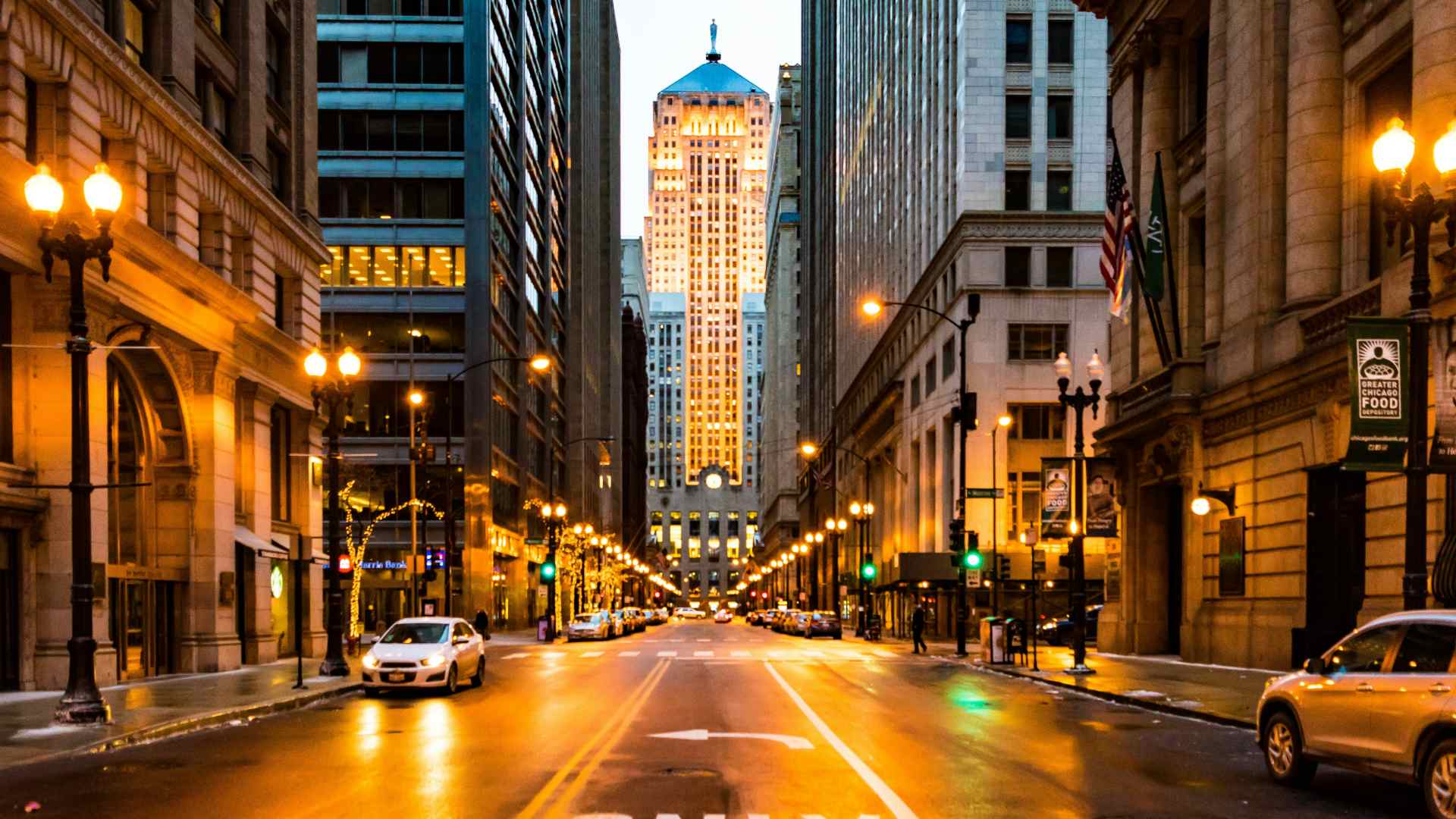
According to a March press release from the Chicago mayor’s office, there are 11,210 migrants currently living in shelters in the city. 4,155 of those 11,210 sheltered residents are going to be provided support for the city’s resettlement plan with the eventual goal for them to be able to afford a secure housing situation.
Any residents exiting shelters have the option of returning to the landing zone to be reprocessed all over again as long as beds are available.
Compassionate Resettlement
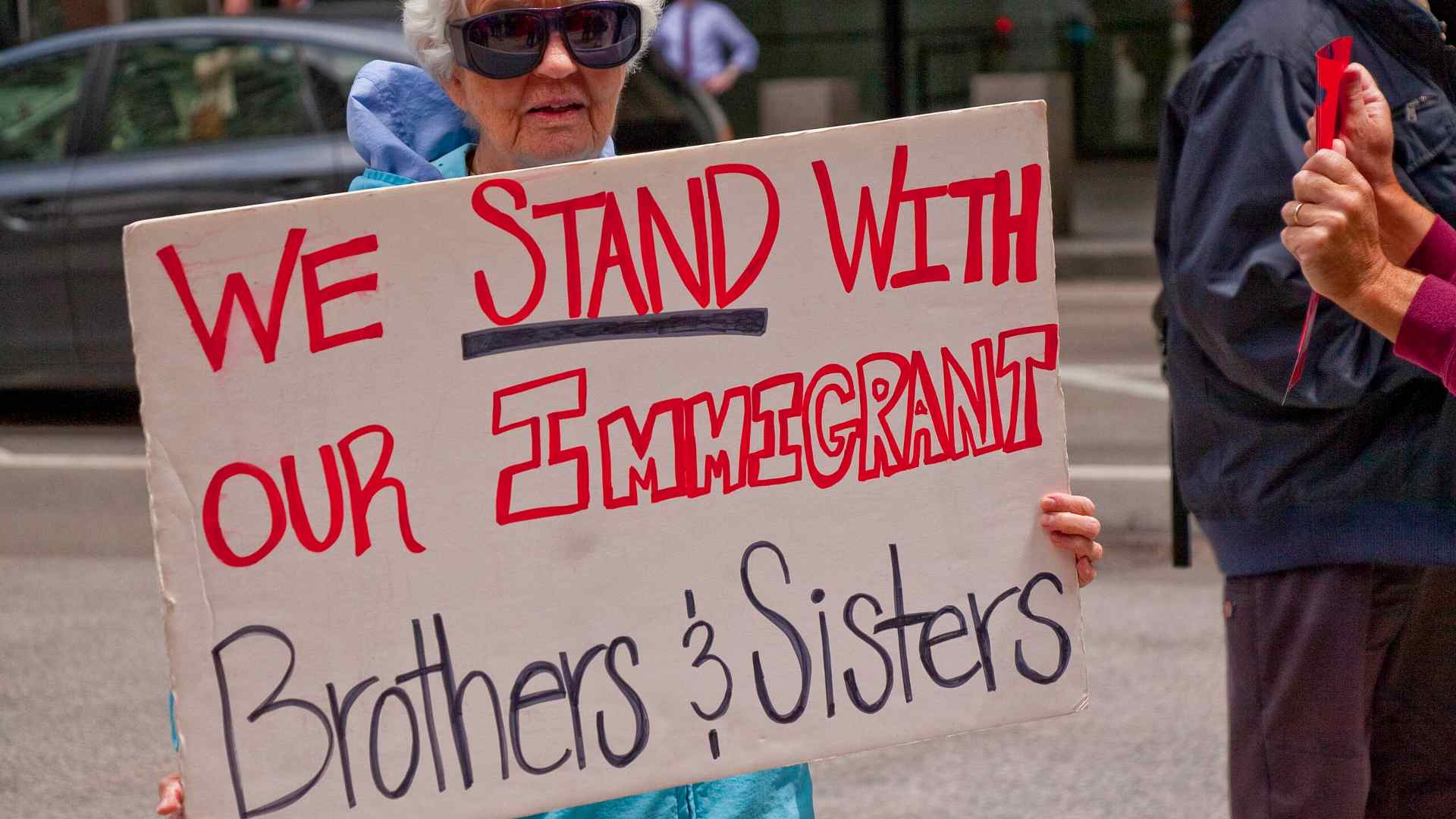
The Mayor of Chicago Brandon Johnson insisted that this move comes with the compassionate goal of resettling migrants so they can be self-sufficient.
“Our city is committed to compassion,” said Mayor Johnson. “By encouraging resettlement while also providing case-specific extensions with a focus on health and safety, we are advancing a pathway to stability and self-sufficiency.”
Limited Resources

Supporters of the eviction policy like Mayor Johnson argue that Chicago has limited resources to help migrants and that its resettlement goals will need additional help to be realized.
“While we know Chicago’s limited resources cannot meet the full scale of need across the New Arrivals Mission,” Mayor Johnson said. “We are constantly evaluating options that will lead to better care for all Chicagoans.”
Eviction Opposition
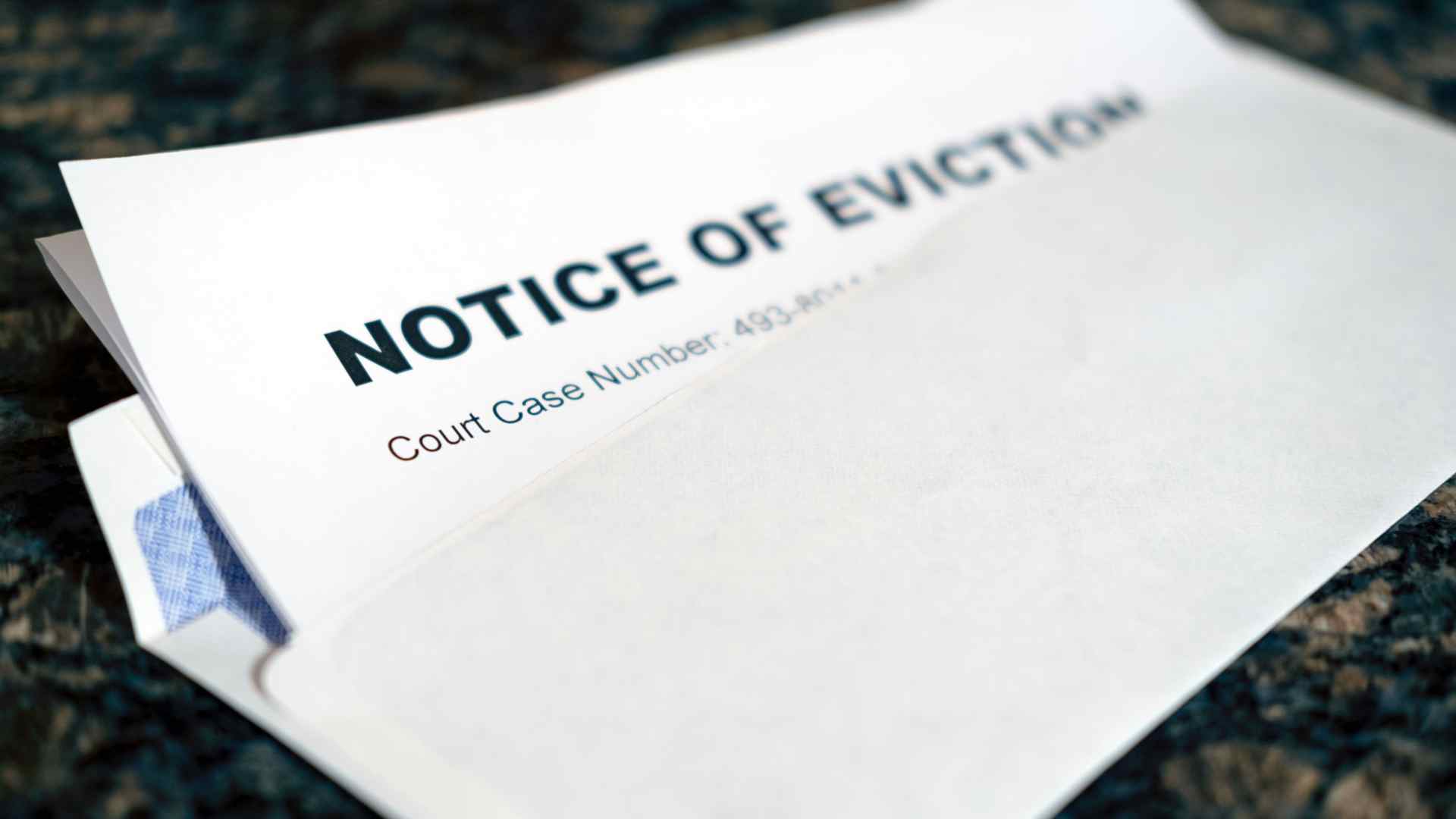
A 19-member group on the Chicago City Council called the Progressive Reform Caucus have vowed to put a stop to the migrant evictions that they see as unnecessary and destructive.
“The Progressive Caucus disagrees strongly with the strategy, as it risks contributing to the city’s unhoused population and exacerbating social and racial tension at a time when we need to unite,” a statement issued by the group said.
More State Funding
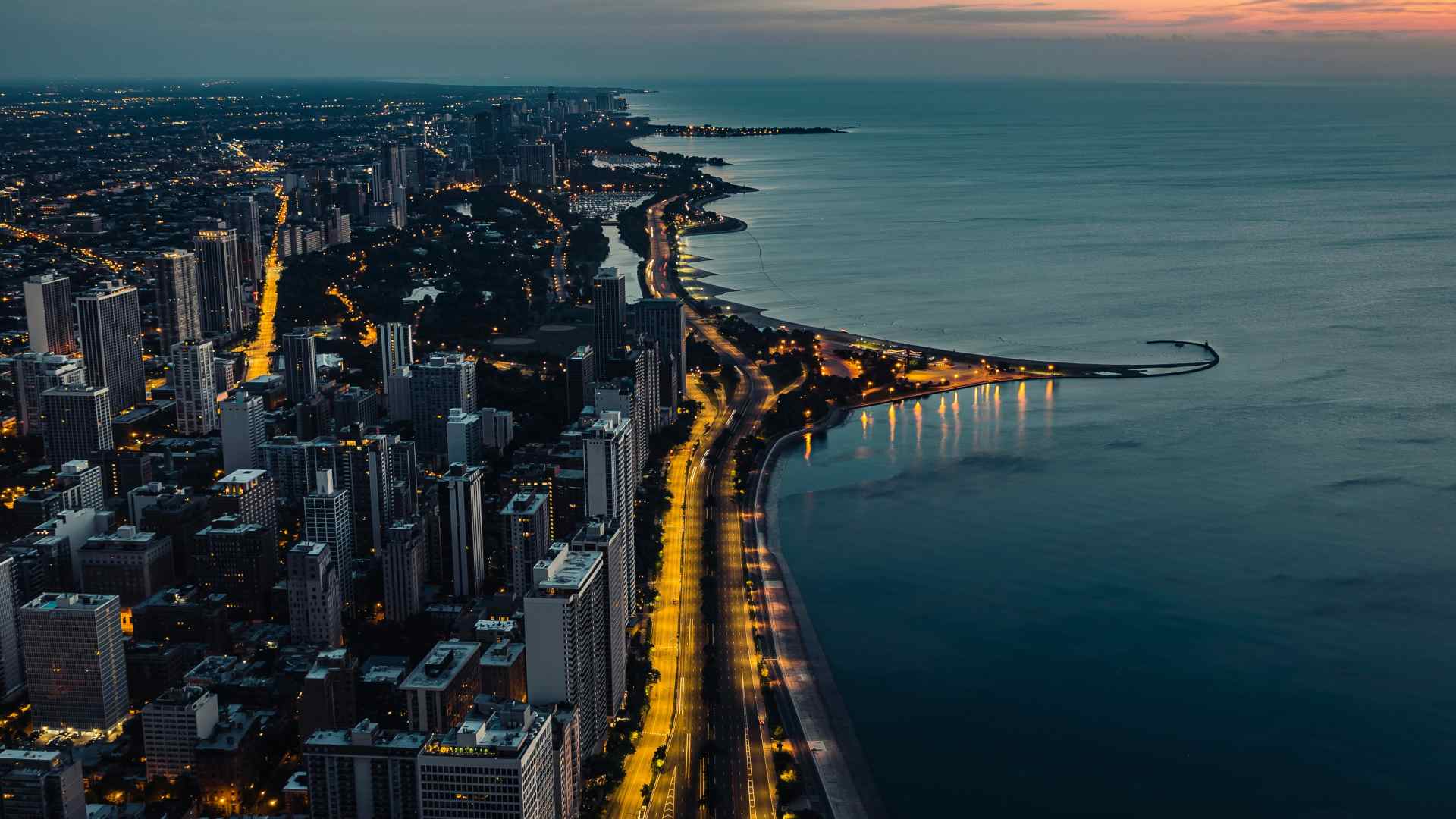
Instead of evicting the migrants, the Progressive Reform Caucus wants to examine other solutions that include additional help and funding from federal and state governments.
“As progressives, we believe it is critical for all levels of government to recognize and combat the root causes that contribute to so many of society’s ills. Rather than addressing root causes, however, we fear that the City’s 60-day shelter eviction policy is worsening them,” the caucus wrote. “To address this crisis collaboratively and compassionately, we must do it together.”
Extended Stay
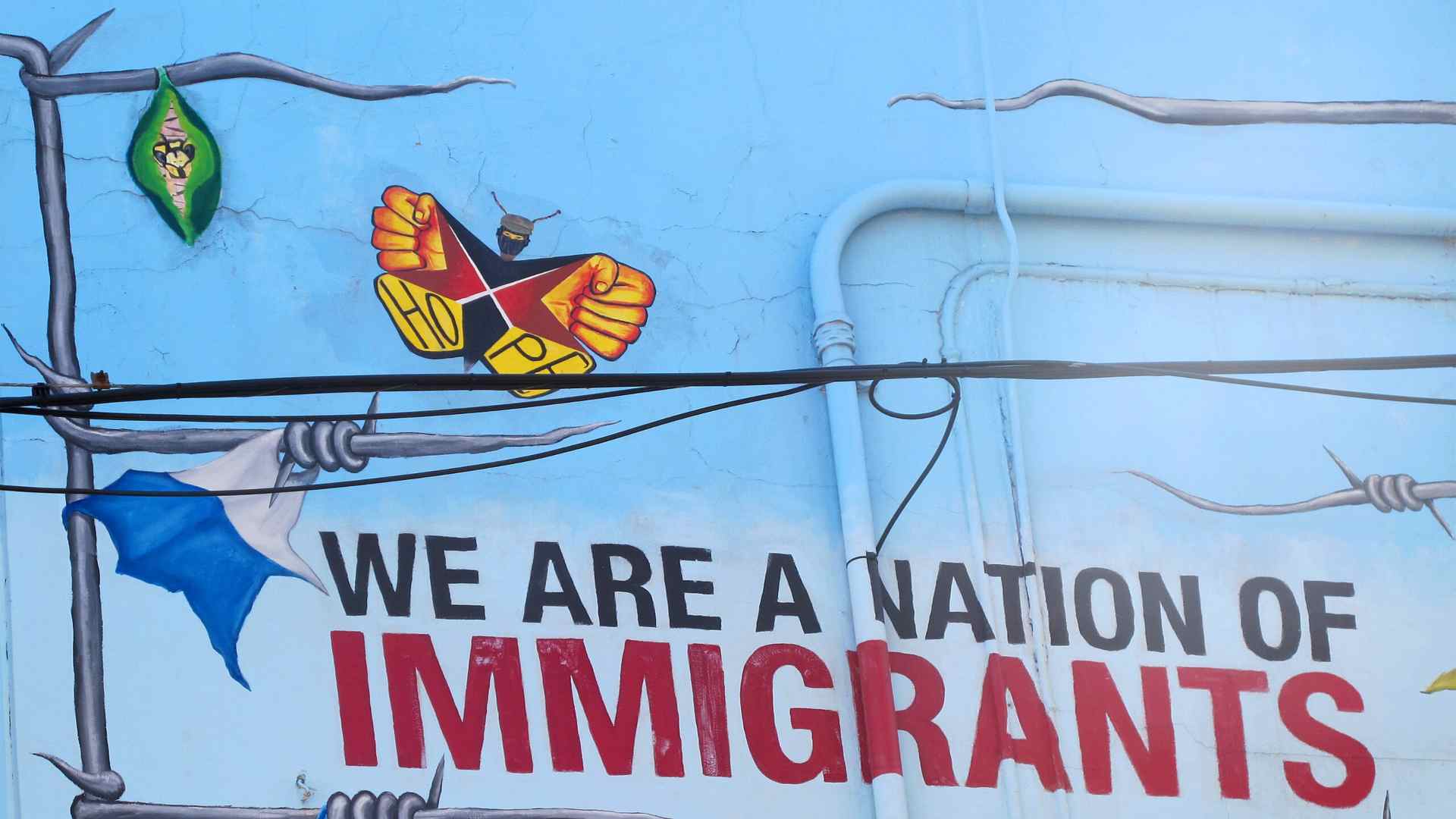
One of the reasons that so few migrants were removed than planned was a provision that allows migrants to extend their 60-day stay for a variety of reasons. Migrants who are part of a family or have children are given priority for staying sheltered.
If a resident has a health problem they also have the option to extend their sheltering time. With this first wave of evictions being much smaller than projected, it remains to be seen if the city’s eviction goals will be close to being met in future waves.
US Migrant Crisis

These actions taken by the city of Chicago are the consequences of what some commentators are terming the “US Migrant Crisis.” A 2023 House Committee on Homeland Security fact sheet shows that it was the worst year at the US border on record.
Data shows that a monstrous 40% increase in migration encounters occurred in September 2023 compared to that same statistic in 2021.
Encounter Highs
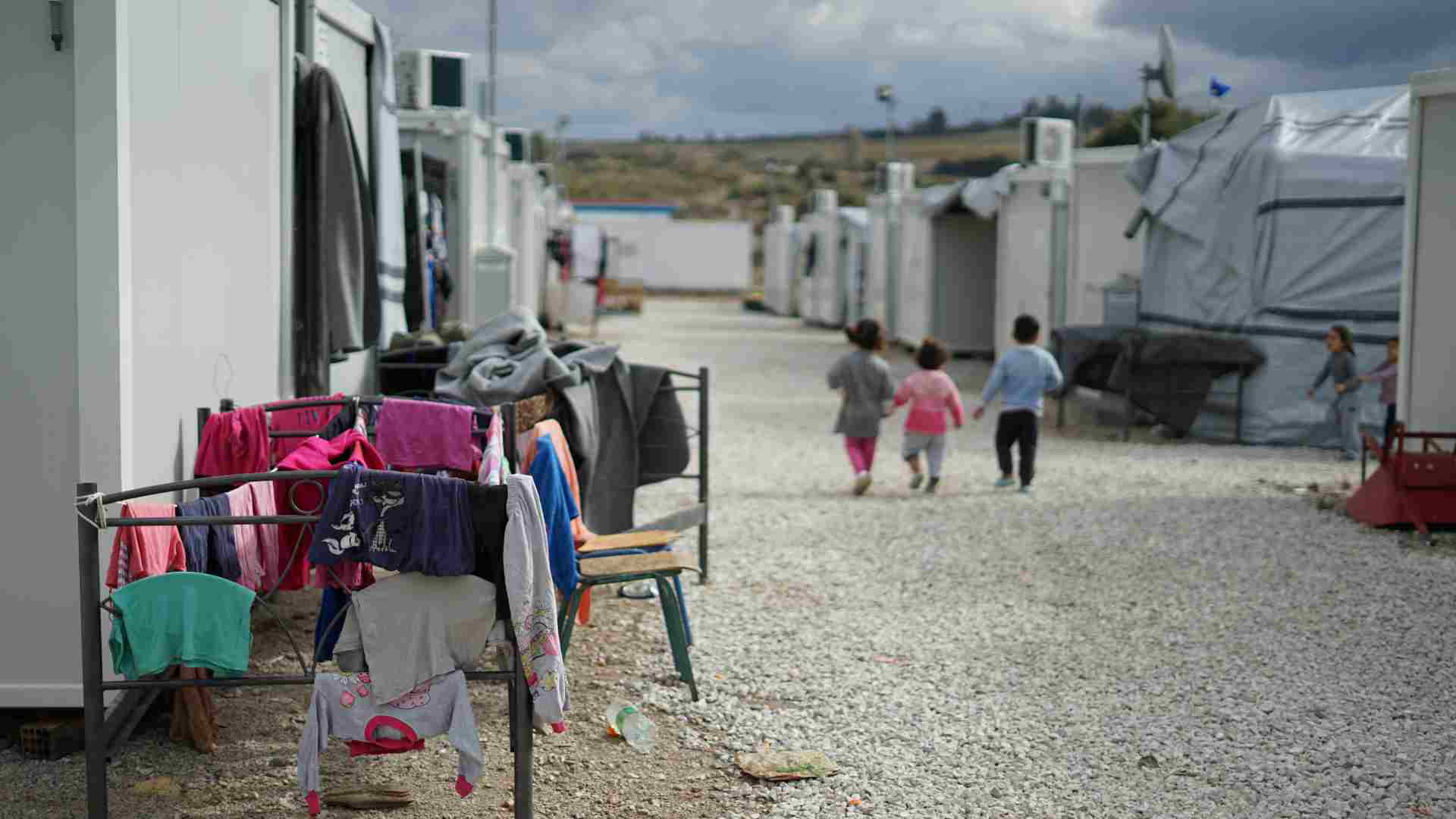
Pew Research reported in February of this year that US Border Patrol had nearly 250,000 encounters in the month of December alone. This figure made December 2023 a record month for border encounters.
Take this number and compare it to April 2020, which had only had 16,000 encounters for the entire month. April 2020 was one of the lowest encounter months in decades.
What are Encounters?
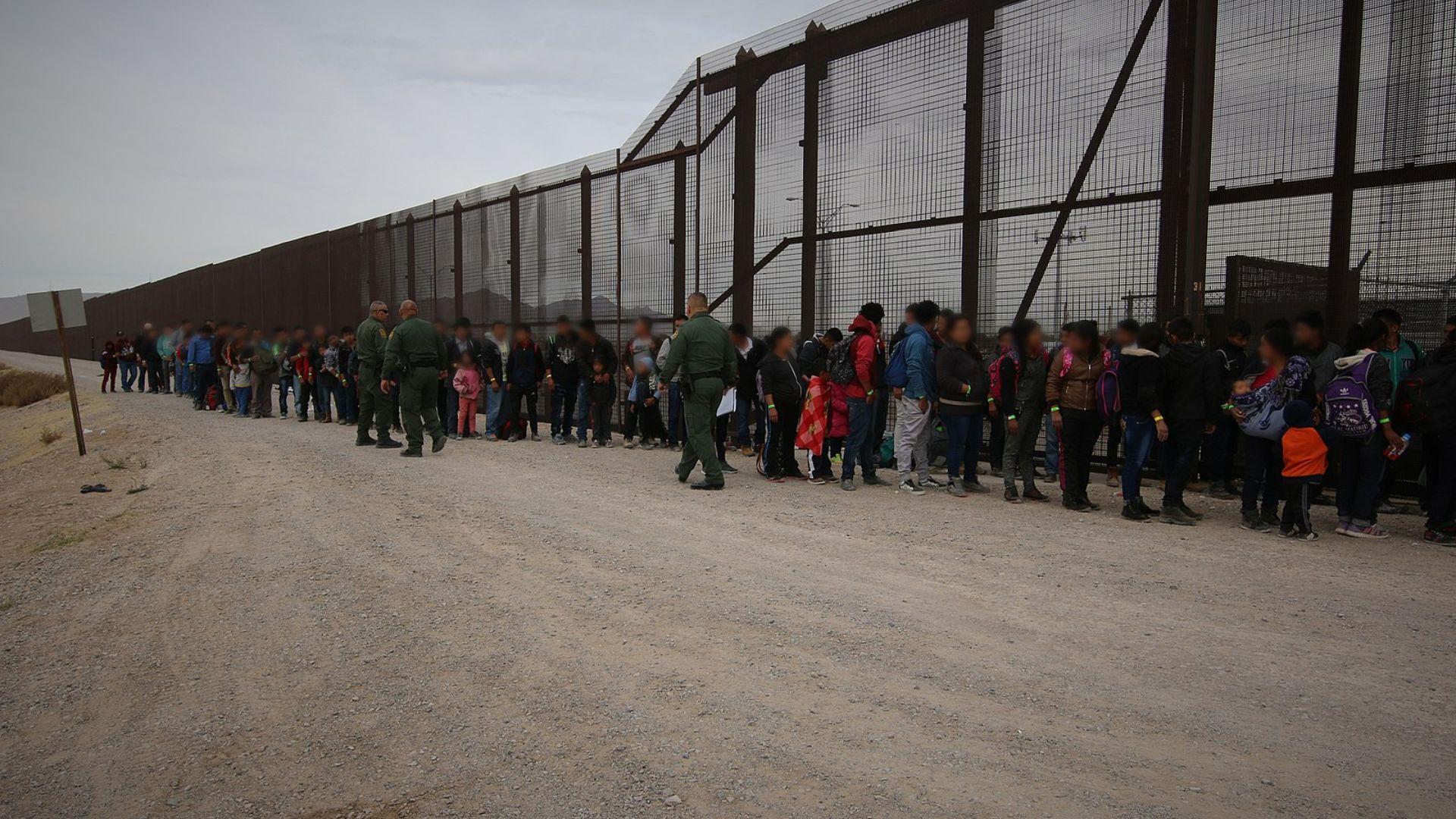
US Border Patrol classifies two types of enforcement actions under the umbrella of “encounters.” One action is apprehension, where a migrant is taken into custody by officers until a decision is made about whether they can enter the country or not.
The other type of action is expulsion. Instead of taking the migrant into custody, the US Border Patrol will immediately expel them to their home country if possible. If the home country cannot be determined they are sent to the last country they were in before the United States.
Title 42
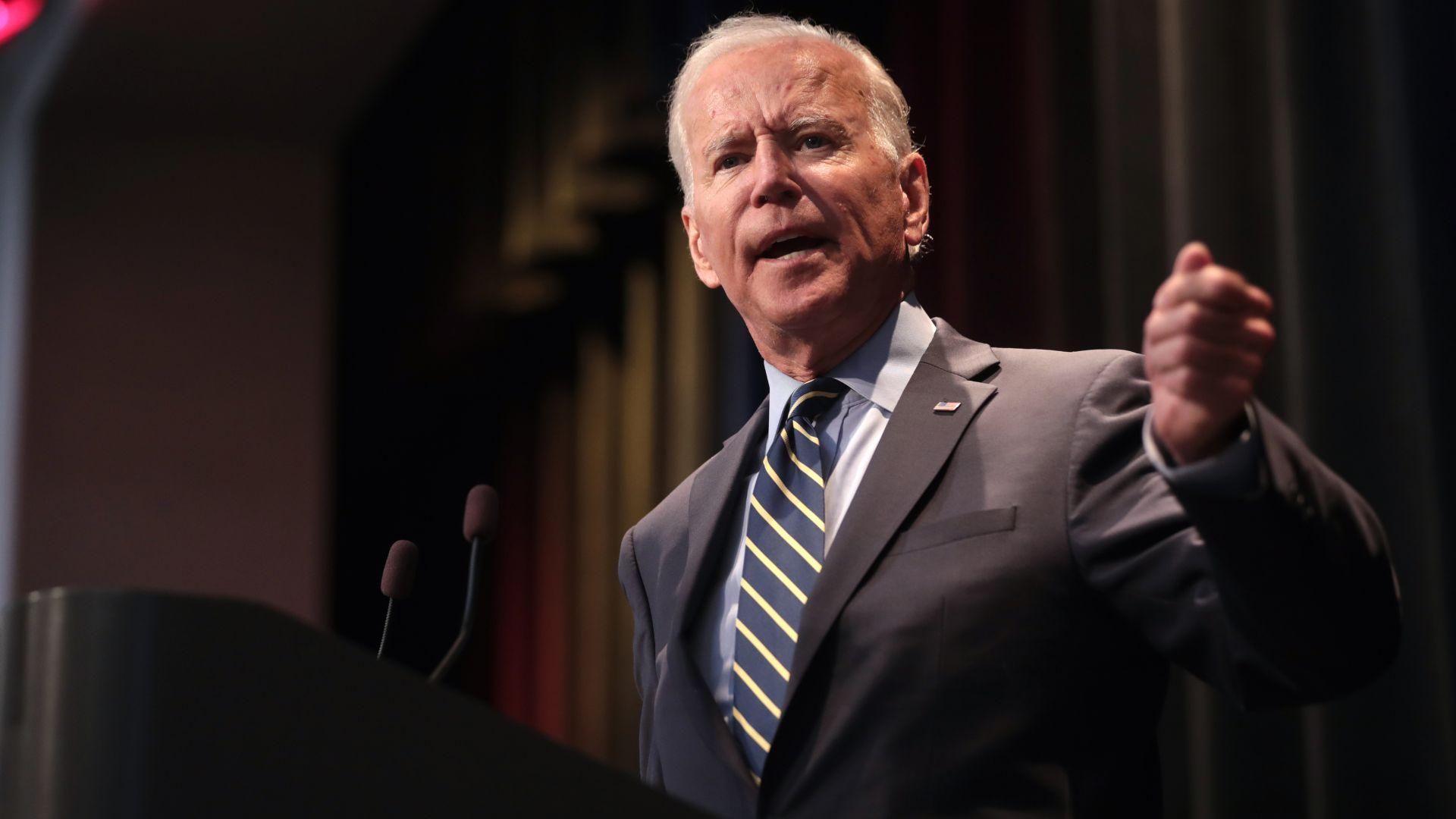
Numbers like the ones in the recent past were able to be so low because of a section of the US code called Title 42. The Trump administration invoked this provision when the COVID-19 pandemic started which gave the federal government greater authority to prevent migrant entry.
However, the Biden Administration reversed course, invoking Title 42 much less before eventually ending the practice in May 2023.
Apprehensions Vs Expulsions
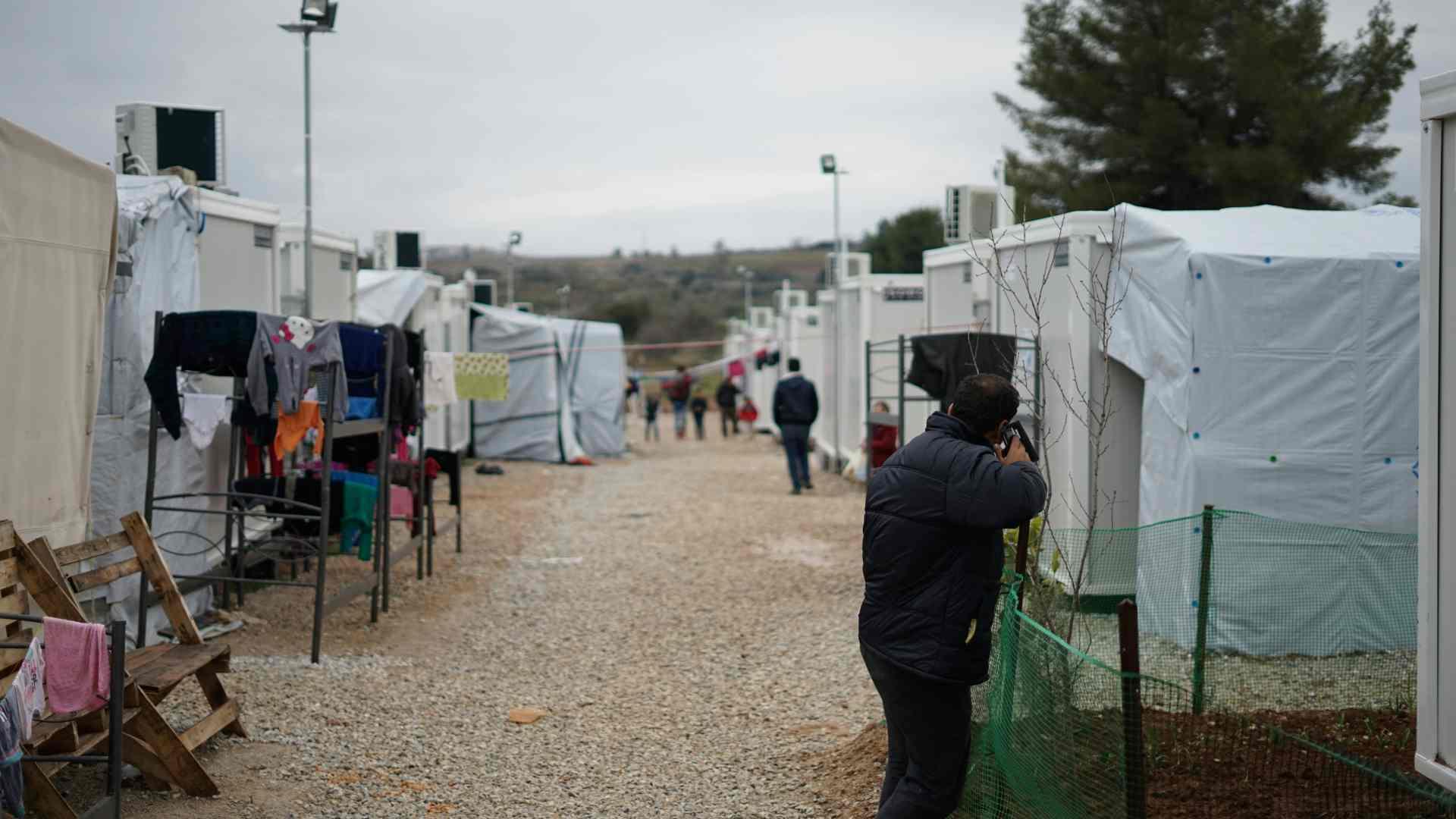
The federal government declared an end to the COVID-19 emergency in February 2023 and with it the excuse to expel as many migrants as before.
Before 2023, most migrants were expelled when encountered at the border, now Border Patrol has had to switch to apprehension actions a greater percentage of the time.
Problems With Apprehensions

Apprehending increasing amounts of migrants instead of expelling them causes an additional strain on immigration courts which struggle to keep up with cases. As housing resources for those awaiting their court date start to strain, the government releases migrants with the promise that they will return for their hearing.
However, this creates a problem because many migrants flee to the interior of the country and fail to appear in court. Statista data finds that the failure to appear rate at the US Immigration Court in 2018 stood at 25 percent.
Disappearing Before Trial

The Center for Immigration Studies found that deportation orders for failing to appear in court exceeded deportation orders from tried cases by nearly 306 percent.
Nearly 37 percent of all undocumented immigrants since 1996 have disappeared before their trial date in court. This has been a persistent problem for decades that is being exasperated by the current border crossing conditions.
Sanctuary Cities

So if these immigrants are disappearing, where exactly are they going? Many are choosing to go to areas that have declared themselves “sanctuary cities.” These cities, which include Chicago, have declared an intent to obstruct federal immigration services that would attempt to deport immigrants. This creates a safe haven for the migrants from these enforcement actions.
Sanctuary cities will not ask or tell federal authorities about a person’s immigration status and will still offer a range of services regardless if the person is a resident of an undocumented immigrant.
Most Immigrant Friendly City
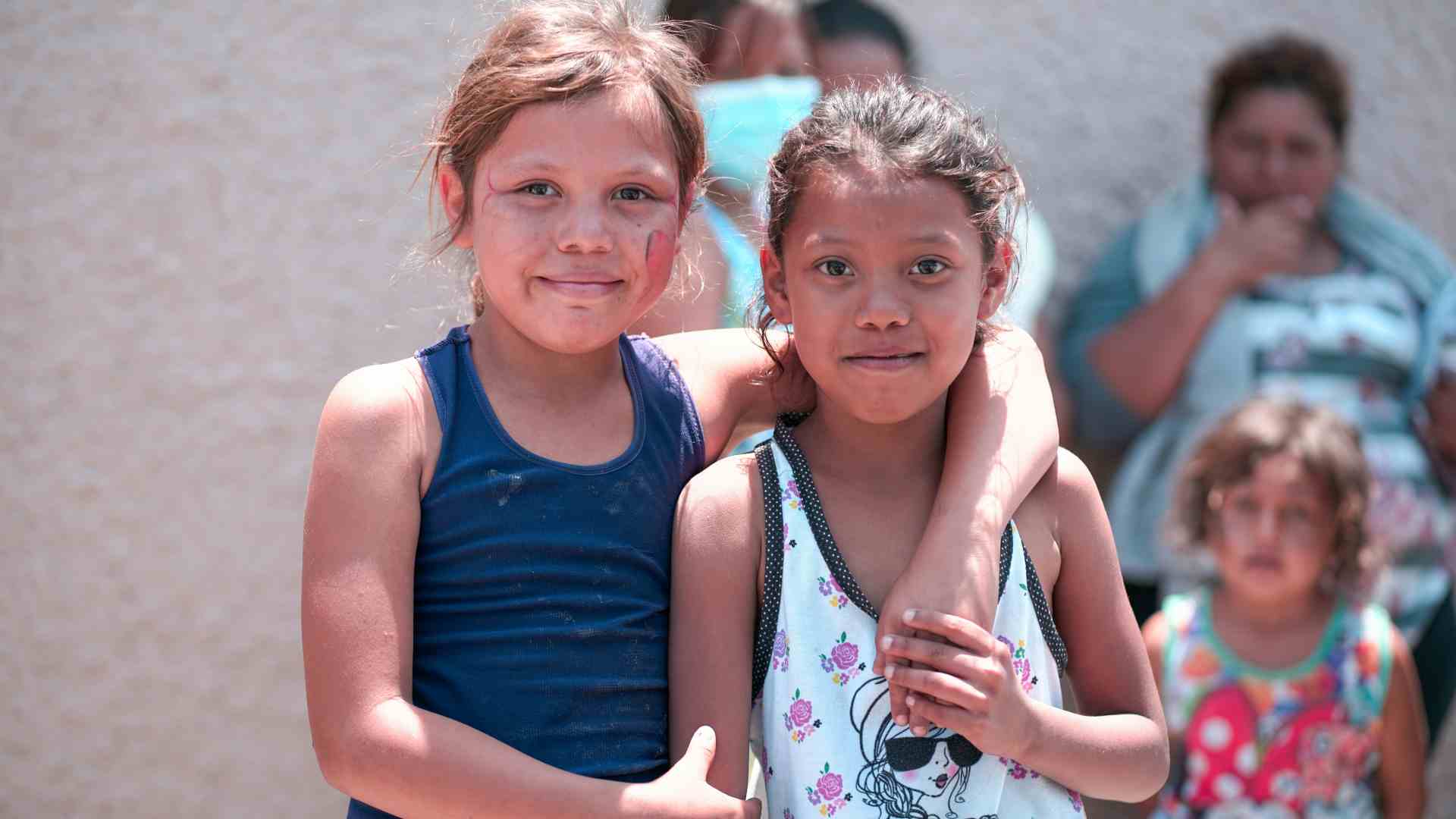
The government of Chicago made it clear in the past that they are against cooperating with Immigration Customs Enforcement (ICE).
“Partnering with ICE would go against our mission to make Chicago the most immigrant friendly city in the country and turn ours into a community of fear for immigrants,” the government of Chicago said.
Straining Police Resources

Chicago’s government has also insisted that it refuses to help enforce immigration law because of the burden it would have on the Chicago Police Department.
Chicago said “Furthermore, enforcing immigration law would take away needed resources and time from the Chicago Police Department. The Welcoming City Ordinance in fact helps CPD combat crime by allowing all victims to call the police and all witnesses to come forward without fear of being caught and deported.”
Chicago’s History as a Sanctuary City
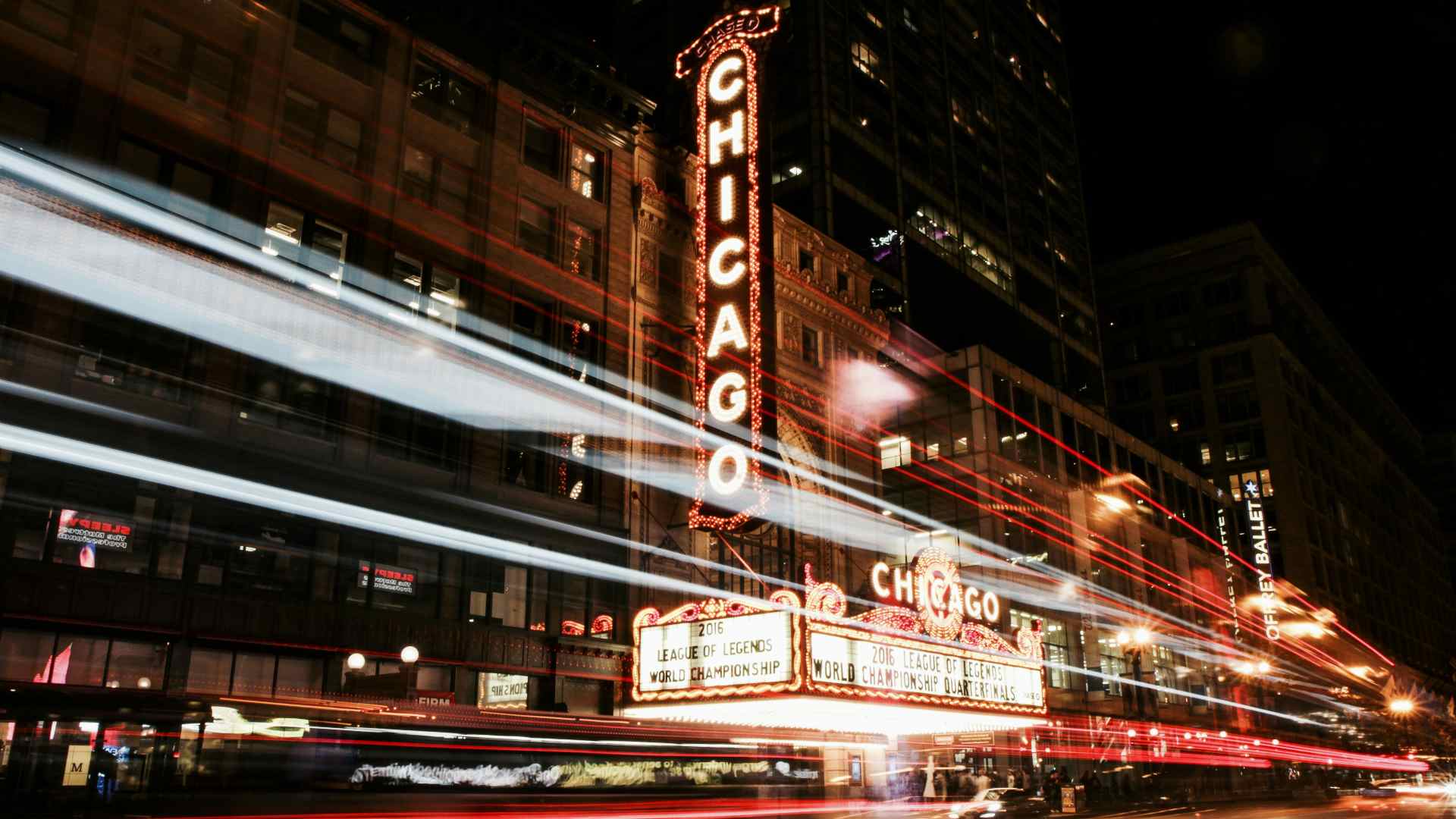
The city of Chicago has been a sanctuary city for more than 38 years. However, a movement to weaken the city’s long-held status in the wake of the current migrant crisis is growing.
A recent city council vote in December rejected a measure to put its sanctuary city status up for a vote among its residents. Anthony Beale, the 9th ward representative, was furious about the council vote. “What are you scared of? The truth?” Beale asked.
Transportation to Sanctuary Cities

Governor Greg Abbot of Texas and the government in the state have been increasing efforts to transport the migrants crossing the southern border to sanctuary cities. According to the Governor’s office, the state has bused over 30,000 migrants to Chicago since August 2022.
The goal of these migrant bus transportation efforts is to force sanctuary cities to deal with the consequences of their policies, which some southern states feel they have been unfairly dealing with themselves. It would seem that these efforts have contributed at least in some way to the current Chicago migrant eviction actions.
